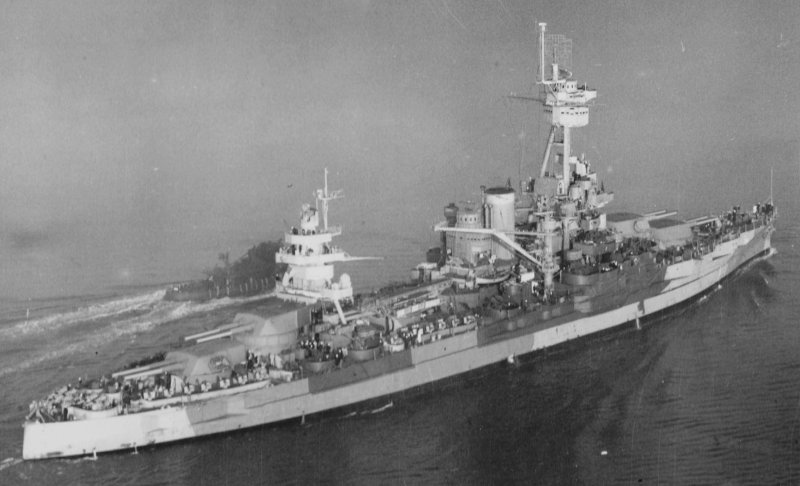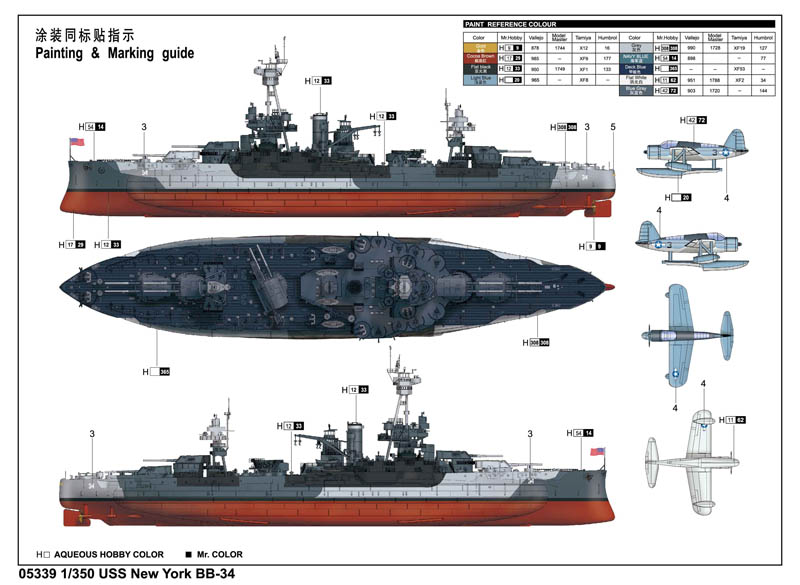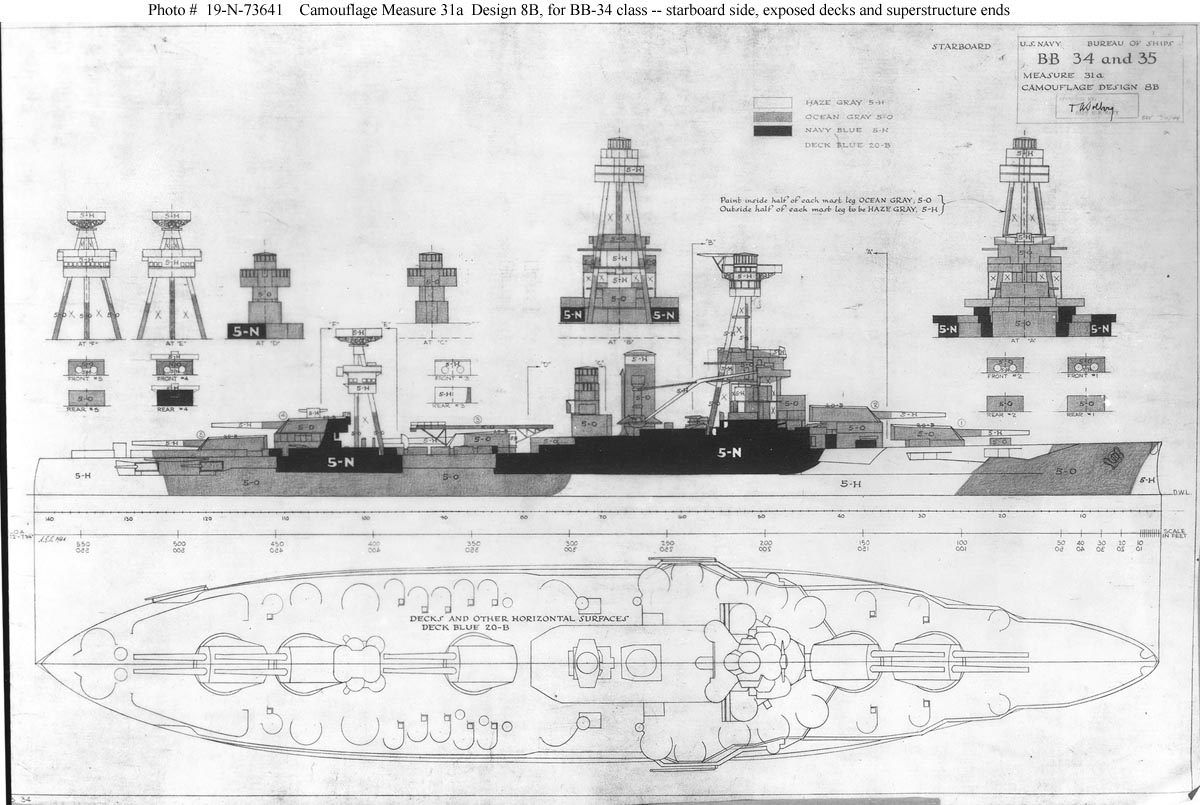 | ||
| U.S.S. New York
BB 34 "The Old Lady of the Sea" Trumpeter 1/350 scale |
||
| Coming Soon | ||
| The Ship, (a plagiarized brief history)
The lead ship of her class, U.S.S. New York was the first ship designed to carry the 14-inch /45-caliber gun. After being commissioned and entering service in 1914, she was part of the U.S. Navy force which was sent to reinforce the British Grand Fleet in the North Sea near the end of the First World War During this deployment, New York collided with and sank a German U-boat. and was present for the surrender of the German High Seas Fleet in the Firth of Forth in November 1918 After WW1, New York transferred to the pacific Fleet in San Diego where she spent the next 16 years training off the west coast and Hawaii returning to the Atlantic and Caribbean for brief missions or overhauls.
After the Pearl Harbor attack, New York returned to duty escorting cargo and troop ships to Iceland and Scotland
In late 1944 she was selected to return to the Pacific,transiting the Panama Canal in Late November en route to Long Beach. After refresher training in December and January, New York departed to rendezvoused with other "older" battleships forming a support force for the invasion of Iwo Jima. After a brief stop to repair a Screw, New York returned to the group near Saipan, then arrived of Iwo Jima on February 16th. During the three day Pre-invasion bombardment, New York suceeded in hitting the island's main Ammunition dump causing a tremendous explosion. New York Sailed to Ulithi and then Manus to repair her damaged Propellor, finally rejoining Task Force 54 at Ulithi in late March to prepare for the Invasion of Okinawa. From March 27th thorough June 11th New York Participated in operations off Okinawa, first in pre-invasion bombardment then as naval artillery support of ground troops.
New York left Pearl Harbor in early september for the west coast, with a load of veterans as part of Magic Carpet, arriving in California on September 9th. From there, she sailed to New York to take part in the Navy Day celebration. Classified obsolete New York chosen to take part in the Operation Crossroads nuclear weapon tests at Bikini Atoll in 1946.
|
|
|||||||||||||||||||||||
The Kit
 (more to come) It comes with a color painting guide for Measure 31a Camouflage scheme the ship wore from late 1944 and early 1945, but it differs slightly from the U.S. Bureau of Ships drawingsat the bow as seen at bottom of page I bought this kit when it first came out and decided to wait until some after market parts became available then of course I got sidetracked with other projects |
| The Build
this is an "off the deep end' build, I'll be using the Pontos Upgrade set |
Products used in construction
|
|
Other Stuff Camouflage Measure 31a, Design 8B Drawing prepared by the Bureau of Ships for a camouflage scheme intended for the battleships New York (BB-34) and Texas (BB-35). (Texas never appeared in this camouflage scheme) |


